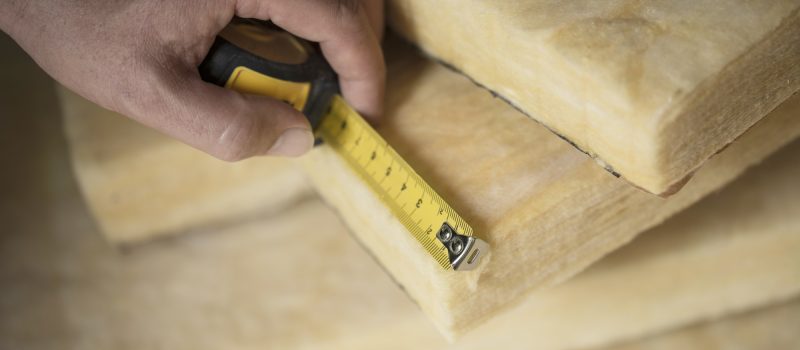Would you leave a window open all day, every day of the year? If your insulation is inefficient, you might as well!
The energy wasted by old and inefficient insulation is an easy way to lose hundreds of dollars in heating bills every year.
Winter is on the way, so make sure your house is ready by installing the best insulation for your property. Our quick guide will help you choose between the types of home insulation depending on your property – and budget – requirements.
What to Consider When Choosing the Right Insulation for Your House
There are several different forms of house insulation, and each will have benefits over the others. To determine the type you need, consider these points first.
Consider Your Climate
Does it snow all winter long where you live? Perhaps the weather simply cools down a little. The climate will affect the insulation you need: much colder climates will need thicker, more energy-efficient insulation.
You also need to consider the humidity of your region. Humid areas with plenty of moisture in the air will affect how efficient wool or cellulose insulation is. If your region is typically humid, you’ll need to opt for alternatives such as fiberglass or polyester.
What’s Your Budget?
Do you need to install new insulation, or replace old and inefficient insulation? This will affect the cost as you will need to budget for removal services, too.
Insulation removals, like those carried out by Attic Insulation Labs, require specialized handling, so it’s important to make sure you’ve budgeted for this when considering the overall costs.
How Efficient is the Type of Insulation?
Insulation is rated under the ‘R Value‘. The higher this number is, the more efficient the insulation. The value is measured by the level of heat flow resistance the insulation offers.
Where Will the Insulation Be Installed?
Areas of high heat loss (or heat gain in summer months) need a higher level of insulation to be effective. The roof, for example, is where you lose up to 35% of your home’s heat in winter, so thicker insulation is recommended.
Types of Home Insulation for Your Property
There are several types of insulation you can install in your home. Each offers certain benefits (and disadvantages), so keep reading to find out which you should choose for your property.
Spray Foam
Perfect for roof spaces and wall cavities, spray foam is sprayed into the area required where it then expands to fill the space.
The adaptable shape of the liquid spray foam means it is ideal for working into oddly-shaped areas or around obstructions.
Blanket Batts
Constructed of tiny fibers of varying types, from fiberglass to wool to plastic, this is an ideal DIY insulation option.
Rolls of blanket insulation are easy to lay between attic struts and wall panels. It’s light and simple to install, but be careful to wear protective clothing as the tiny fibers can irritate skin.
Structural Insulated Panels
A more expensive – but also far more energy efficient – form of insulation is a structured panel.
Usually installed during the construction of a house, these panels will fit the walls and roof to provide uniform insulation throughout a property.
Reflective Insulation
A quick and easy way to improve the heat efficiency of your home is with reflective insulation.
Ideal for warmer climates to reduce heat gain in the summer, a reflective system can still reduce heat loss in the winter too. Reflective panels installed in attics are a cheap and easy way to maximize cooling (and heating) efficiency.
Loose Fill or Blown-In Insulation
A similar system to spray foam, the material contents will be made of fiberglass or mineral wool, and sometimes cellulose. It also works in oddly-shaped cavities and around obstructions in the same way spray foam does.
You can DIY this with ease – simply rent an insulation blower.
More Ways to Improve Your Home’s Heat Efficiency
All of the types of home insulation are only part of your home’s energy-saving solution. There are many things you can do to improve your heat efficiency and further reduce your utility bill.
Check out this guide with five easy steps to winter warmth and you’ll never feel chilly again.

